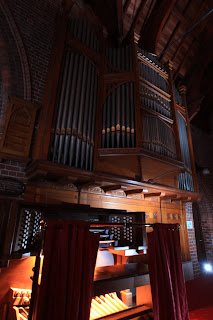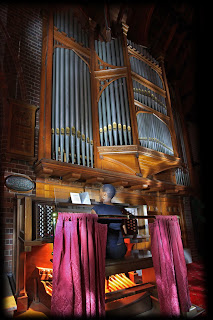 When I was a kid I used to collect stamps and I remember this region especially well because, the Trucial States as they were called in those days, and an amazing range of triangular shaped stamps. Of course I had no idea of the history of the place, only that it stems were really cool. Since 1965 or thereabouts the United Arab Emirates has developed a massive infrastructure, global trade and even a tourist industry all based on the proceeds from oil and gas. Ironically this magical source of income is about to expire so the country has seen a massive boom in the development of the tourist industry so that the country can generate its own income once the black gold has stopped flowing.
When I was a kid I used to collect stamps and I remember this region especially well because, the Trucial States as they were called in those days, and an amazing range of triangular shaped stamps. Of course I had no idea of the history of the place, only that it stems were really cool. Since 1965 or thereabouts the United Arab Emirates has developed a massive infrastructure, global trade and even a tourist industry all based on the proceeds from oil and gas. Ironically this magical source of income is about to expire so the country has seen a massive boom in the development of the tourist industry so that the country can generate its own income once the black gold has stopped flowing.It's also one of those odd countries that you'd never think of flying to for a holiday, unless of course you live in Kharkov (the UAE is very popular with Russian tourists flying from their sub-zero Ukrainian cities to desert temperatures in excess of 40°). Although we have all seen pictures of Dubai's indoor ski slope, it's essentially the heat and the shopping that most come for. Everything in this tiny Emirate has been constructed in the last few years so, even if you think the souk you are wandering around in looks genuine, it's not! Everything is made from plasterboard and sheet metal. It looks convincing but you have to fly on to the Sultanate of Oman to find original Arabic architecture and genuine local artefacts.
I have been travelling to Dubai for six years and enjoy every moment of my time there. Why would anyone enjoy this place when the environment is more like Disney World than the Middle East?
For a start, you'll find the people pretty friendly, the local food is excellent and, as mentioned, the shopping is exceptional. I wouldn't travel here for a taste of "the genuine Middle East" simply because that doesn't exist here. There's lots of sand but that's about as close to the Middle East as you'll get in this Emirate.
And while I'm on the subject, if you really want a taste of the Middle East you'd best travel to a country like Syria which offers incredible hospitality - despite what CNN and Time magazine might argue. In Syria you'll find people are incredibly hospitable, accommodation is spectacular in places and there's a history that goes back several millennia. Dubai is also a very safe country because, with a Muslim culture, you'll find little or no evidence of drug abuse or the alcohol-related stupidity that we seem to take as 'normal' the Western world. Family is very important in the region and this is reflected in their warmth, hospitality and genuine interest shown towards all foreigners. You can always find negative things about the places you visit, especially when compared where you come from but it's certainly a very interesting place as a stopover on the way to Europe, for example.
Dubai is also a very safe country because, with a Muslim culture, you'll find little or no evidence of drug abuse or the alcohol-related stupidity that we seem to take as 'normal' the Western world. Family is very important in the region and this is reflected in their warmth, hospitality and genuine interest shown towards all foreigners. You can always find negative things about the places you visit, especially when compared where you come from but it's certainly a very interesting place as a stopover on the way to Europe, for example.
Over the past couple of years I've also come to appreciate how easy it is to hop on a plane and visit other parts of the Middle East 'd never have thought of before. You can catch a flight from the adjoining Emirate of Sharjah and fly (inexpensively on Air Arabia) to destinations such as Lattakia (Syria), Muscat, Salalah (Oman), Cairo, and even destinations I'd never even heard of in the Russian Federated States.
Over the years we have visited Oman two times, Morocco once and Syria twice. This year we plan to fly into Damascus again for a few days, our third visit.
Despite my interest in countries around Dubai, there's still plenty to see and do as a photographer in Dubai. Shopping malls, 'attractions' (but NOT the giant flagpole), even the marinas have their own interest. Here are a few of the pictures I've taken over the past few years to give you an idea of what the place is like...













